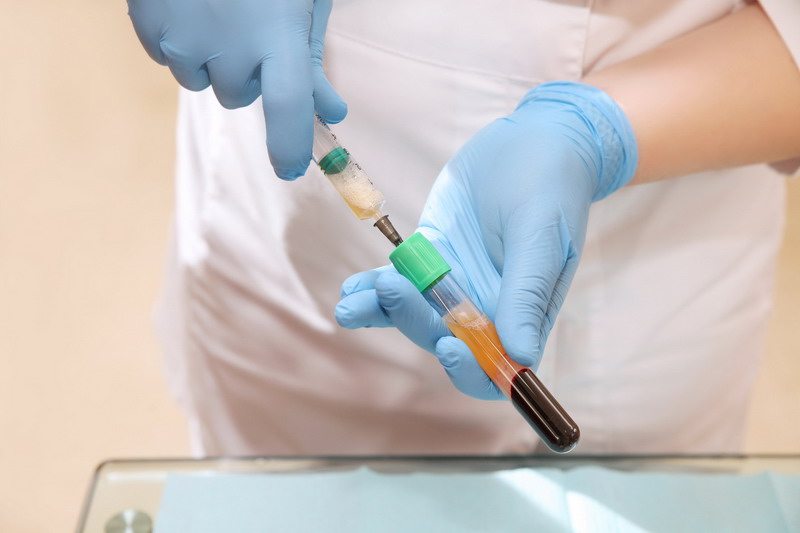We recently ran across a news article discussing a Colorado orthopedic practice offering patients ‘biologic’ options as an alternative to more traditional treatments for orthopedic issues. The basic information in the article was quite informative. It got us to wondering how PRP therapy fits into the biologics space.
For the record, this particular clinic defines biologics as a compendium of treatments involving a variety of injections. The clinic promotes both platelet-rich plasma (PRP) and stem cell treatments as part of their biologics offerings. The clinic offers two other options as well. But before we get to those options, a bit of introductory education is needed. It is important to understand just what happens in a typical PRP or stem cell procedure.
Procedures with Autologous Material
The first thing that must be understood is that proper PRP and stem cell procedures utilize autologous material. That is, doctors harvest blood or stem cells directly from the patients they are treating. They are not using material donated by strangers.
Why does this matter? Because current FDA regulations allow for the use of minimally manipulated autologous material without further approval. The minute a doctor even thinks about using material donated by strangers, FDA approval must be sought.
In terms of the procedures themselves, either blood or adipose fat tissue is extracted from the patient. That material is processed in a specialized centrifuge to isolate either the platelets or stem cells. The resulting material is then injected into the site of injury. That’s really all there is to it.
The Four Biologic Options
Now let’s talk about the four different options under the Colorado clinic’s biologics heading. The first consists of steroid and cortisone injections. In the past, such injections were used with extreme caution. It used to be that doctors were encouraged to not give more than three corticosteroid injections during a patient’s lifetime.
The reason for limiting the injections was rooted in the knowledge that corticosteroids could cause damage over time. However, things have changed. Safer corticosteroids now make it possible to increase the total number of injections a patient receives.
Next on the list is visco supplementation. This is a procedure used mainly to treat osteoarthritis and similar joint issues. The injected material is essentially a lubricant that can be inserted directly into the affected joint.
The third and fourth options are PRP and stem cell therapies. They are different from the other two in one very specific way: they are intended to do more than just relieve pain. PRP and stem cell injections are designed to also promote natural healing at the same time.
Patient Needs and Goals
Understanding the natural healing goals of PRP and stem cell therapies helps us to better understand where the two therapies fit into the larger biologics space. Their place as a treatment for orthopedic issues boils down to patient needs and goals.
If pain management is the primary factor, steroid and cortisone injections are reasonable choices. If joint function is the main goal, visco supplementation is worth looking at. But if a patient is really looking for a chance at naturally healing the problem at hand, either PRP or stem cell injections are the best choice.
It must be noted that none of the four biologics treatments described here are a guaranteed cure-all for orthopedic problems. Like just about everything else in the medical field, each of the four treatments works for some people but not others. It is up to doctors and their patients to determine the best course of action based on needs and goals.
Sources:
- Summit Daily – https://www.summitdaily.com/news/at-vail-summit-orthopaedics-injectable-treatments-provide-expanded-care/

0 Comments